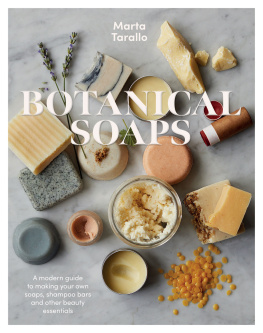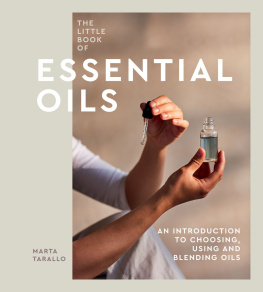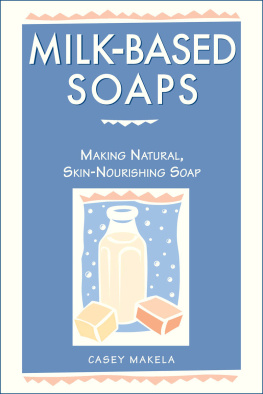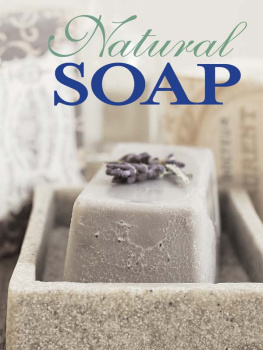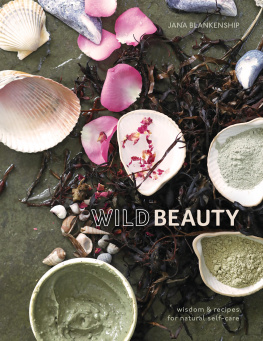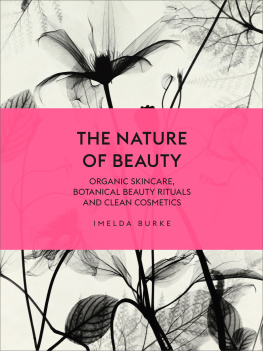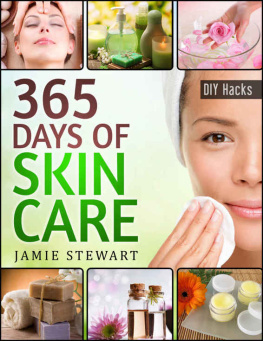Contents
It all started with soap
Making your own personal care products at home can be one of the most empowering skills you can acquire in your life. Most people who decide to embark on a journey toward sustainable living talk about a specific moment in their life when an event, apparently very simple, struck them so much that it made them reconsider their lifestyle. My life-changing event happened to me back in 2018, when I found myself swimming in a sea of plastic bags in my kitchen. I had just moved to a new apartment in London and I was rearranging my kitchen cupboard, unpacking pasta bags to fit cuter containers. I clearly remember feeling shocked about the amount of waste plastic I had created. I then headed over to declutter the bathroom of all those plastic bath and beauty products that I had brought with me, most of which I hadnt even known I had. I clearly remember turning a bottle and reading the ingredients: I didnt even understand a single one of them. Thats when it hit me: how can we live our lives without even knowing where our waste goes and without having the slightest clue of what ingredients we are putting on our skin?
My first swap was a soap bar. At first I reused some old bars that I had lying around the house, until I realized I had no idea how a soap was made. Again, how was that possible! As a naturally curious person I had to learn. On browsing the Internet I found a few videos and, for the first time, I witnessed the soap-making reaction. It was the closest thing to magic I had ever seen. My first soap was made using just two oils: olive oil and coconut oil. I was able to create something apparently so simple yet so powerful from my kitchen, with just two oils! I remember the smell of this first soap because, after more than two years, I still have some bars left and they have retained their heady jasmine flower scent. That simplicity and minimalism has accompanied me during the formulation of all of my recipes, which I love to keep as straightforward as possible.
From there I decided to experiment with soap making using only natural ingredients. I quickly realized that there was a world of possibilities out there, but what made me happiest was to use only natural colours, botanical ingredients and essential oils and I stood in complete awe every time the saponification reaction turned an ingredient into what was sometimes a very unexpected colour. The ingredient that shocked me the most was alkanet root, which when infused with oil turns the oil a deep ruby red colour. When you start adding the main ingredient that turns oil into soap sodium hydroxide the colour of the oil morphs into a deep night blue. It holds this beautiful colour until it starts to solidify and fully become soap, at which point it turns either a fairy-like lavender-grey or a deep purple although there are a few tricks to follow to achieve the colour you want, it is really unpredictable! Thats when I realized that soap making was pretty close to wizardry.

From soap making I got more and more interested in how to use natural ingredients, and I started making most of my bath and beauty products at home and stopped buying the old single-use alternatives I was previously using. I also started sharing my journey and my recipes through my Instagram account, @bottegazerowaste, in an attempt to help and inspire others to live more naturally and reduce waste. I firmly believe that making your own products and starting your journey towards a more sustainable and zero-waste life should be a beautiful experience, accessible to all. However, before we start, I want you to remember a few important things:
- Always remember that a journey towards zero waste and natural, sustainable living is an imperfect one instead of striving to be perfect, respect and embrace this concept. Every single small action and effort counts more than trying to be perfectly zero waste like you might see on a social media platform this is a utopia that does not exist. What exists are small, imperfect daily steps toward a more sustainable present and future.
- We all lead very different lives and have access to different resources. What works for you might not work for me or for someone else. Always build your very own zero-waste journey without comparing it to that of someone else.
- Dont rush, but rather enjoy the journey and its slow progress. This book has been created specifically so you have a manual to go to every time you are ready for a new adventure, a new change. You can try out each recipe at your own pace whether thats one every so often, or many within a short time span.
- Always remember that many objects have a very long lifespan try to reuse containers that you already have rather then buying new ones for your handmade recipes. Zero waste and natural living does not mean plastic-free: it means reusing things you already own, reducing your consumption to products you truly cherish, and refusing to buy single-use objects. One of the best containers I have is an old upcycled plastic container that once held nail polish remover pads, which I refill with my homemade salves and deodorants.
- There are a few things that I dont make I do not believe that DIYing everything is the solution because there are certain products that require specific testing in order to be safe to use. One example is sunscreen: there is no way to determine the SPF of a homemade suncream, so I recommend that you do not attempt to make your own at home it is safer to purchase it. Another product I dont make is toothpaste; correctly cleaning and protecting the teeth requires a lot of technical and medical knowledge, so it is safer to buy a natural, low-waste toothpaste from a reliable, tested brand.
How to use this book
This book has been created to give you the simplest tools, ingredients and steps to create all the products you will need to switch to a completely natural and zero-waste routine. I have structured it in two parts: the first part explores the key ingredients and tools you will need to get started, while in the second part you will find all the recipes, further divided into four main sections: Bodycare, Skincare and make-up, Soap, and Haircare.
The book is illustrated throughout, and each recipe has information on difficulty level, how much a recipe will make, shelf life and any safety information to be aware of.
Understanding the recipes
The introduction to each recipe contains a brief description of the function of each ingredient, which also makes it easier to swap an ingredient with another one. The list of ingredients includes the weight or amount required of each ingredient and also what percentage of the recipe it equates to, which will help you when scaling up or down. Some ingredient lists are presented in the form of a chart, with the following headings:
Phase: Some of the recipes have different phases A, B, C, etc. which you will work through in order. The ingredients that will be weighed and mixed for each phase are grouped together.
Ingredient name: This column gives the common name of each ingredient.
INCI: This stands for International Nomenclature of Cosmetic Ingredients, and this column of the chart gives the universal scientific name of the ingredient, normally in Latin, so that it is recognizable in any country no matter what language is spoken. This will help you to be sure you have the correct ingredient.
Percentage: The percentage of each ingredient is given to make it easier to scale the recipe up or down, so you can make more or less of the product.

